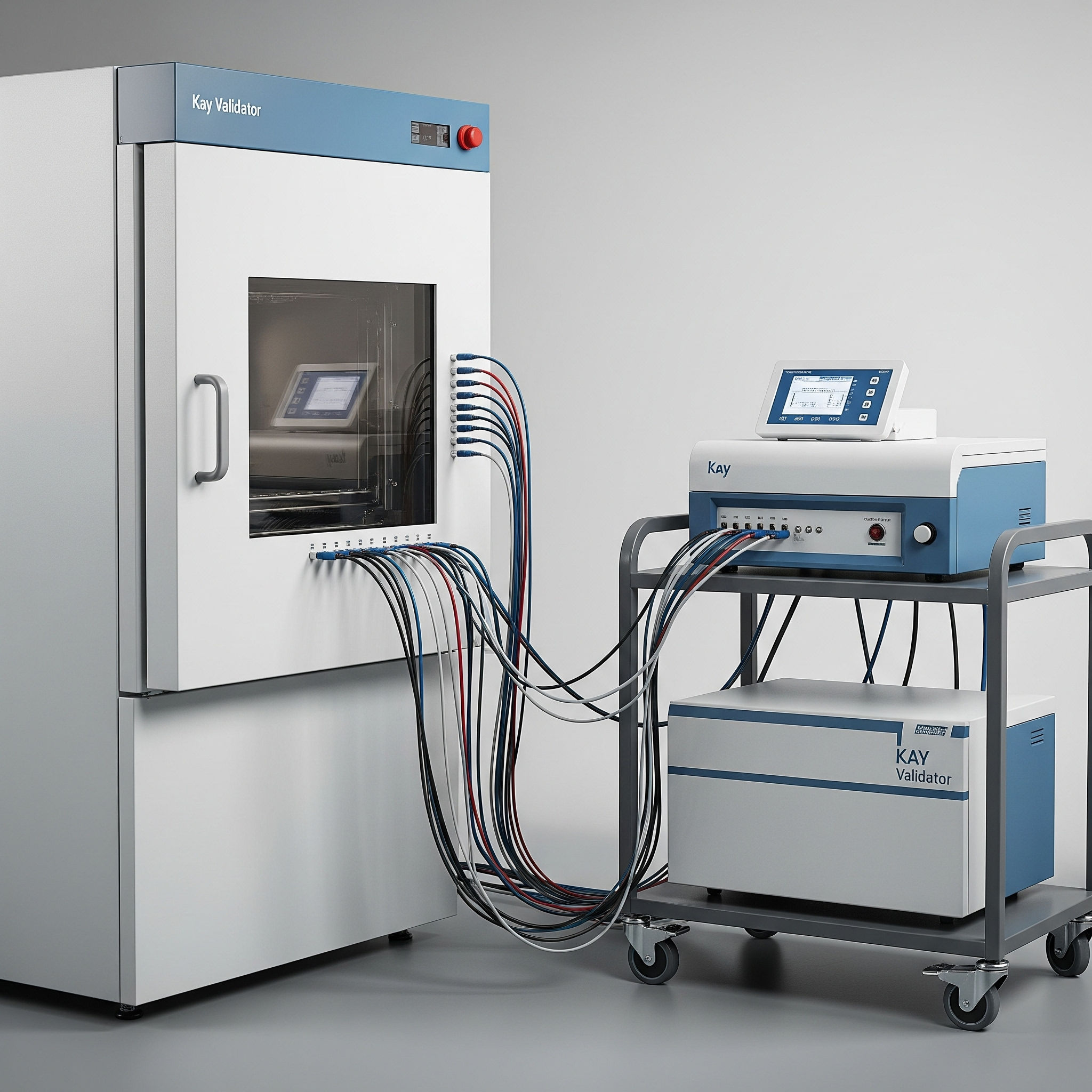Significant changes are in the works for our favorite guidelines, and you can be part of the process! The ICH Stability Working Group’s (SWG) final concept paper Targeted Revisions of the ICH Stability Guideline Series (ICH Q1A-F, Q5C) was endorsed by the ICH Management Committee on November 15, 2022, so the movement is under way with most of the building blocks going in during the 2023-2024 time frame. See below, the extensive range of new as well as familiar topics under consideration. The new consolidated guidance will also dovetail with the Annexes of other major organizations to reduce contradictions and misinterpretations. This is an exciting development for our profession. Read on for the unfolding story.
June 2022 saw an excellent presentation from Tina Dean (Eli Lilly) and Lori McCaig (Seagen) at the Spring PSDG / KENX Lab Week event entitled Modernization of ICH Stability Guidelines; What that means to you. Being involved in EFPIA’s contributions to proposed changes in ICH Stability Guidances ,these Stabilitarian authors have a great perspective on what’s coming and how that will impact all of us.
Fast forwarding to December 2022, Nagano Science Stability Testing related News- vol.62 12/14/2022 reported that the ICH Stability Working Group’s (SWG) final concept paper Targeted Revisions of the ICH Stability Guideline Series (Guidelines ICH Q1A-F, ICH Q5C) was endorsed by the ICH Management Committee on November 15. The SWG’s proposal for revision and harmonization of the ICH Stability Guideline Series Q1A-F and Q5C is recommended to:
- streamline the series by combining the various guidelines into a single guideline focused on core stability principles;
- promote harmonized interpretation by addressing potential gaps and areas of ambiguity;
- address additional technical issues, including relevant stability strategies and innovative tools that strengthen the application of risk management;
- consider inclusion of new topics, such as stability considerations for advanced therapies.
The informal working group proposes to establish these updates through the ICH Revision procedure. The envisioned result is a combined guideline, ICH Q1, with integrated annexes and/or appendices that address specific topics beyond the core principles on stability recommendations and to address product type 1 specific recommendations, as required. It is also recommended to update and supplement current training material.
As written, ICH Q1A-E (plus content of the withdrawn ICH Q1F currently covered by WHO) and ICH Q5C do not align with the format of more recently developed ICH guidelines that embrace a harmonized core document approach supported by topic-specific annexes/appendices. The individual guideline approach leads to interpretation of the guidelines on an individual basis, with uncertainty around how they should work together. ICH Q5C, for example, is specific to stability of biotechnological/biological products and it is often unclear which chapters of the ICH Q1 series apply to biologics as well. Furthermore, the stability guidelines do not reflect modern analytical technologies and tools. Incorporation of guidance that addresses the use of stability modelling and risk management could enable earlier patient access to high quality medicines. Additionally, the current guidelines do not address stability considerations for advanced and emerging product types (all aspects of the drug product, including drug substance, intermediates, and devices).
Issues to Address
The Expert Working Group has identified the following issues to address:
- Consistency of interpretation:
- Through reorganization into a core guideline with topic-specific annexes/appendices, the update will clarify which parts of the guideline apply to which product types.
- Improve harmonization by clarifying perceived ambiguities within the current guideline.
- Clarification of technical components of current guideline and stability-related concepts; may include but not limited to:
- Combine common/overlapping principles and expand on items specific for Drug Substances (DS)/Intermediates/Drug Products (DP).
- Additional products not comprehensively covered by the existing ICH stability guidelines to be considered can include Cell and Gene Therapy Products / Advanced Therapy Medicinal Products (ATMPs), Oligonucleotides, Peptides, Generics, Biosimilars, New products developed from approved active substances, Vaccines, Plasma-derived products and regulated over the counter (OTC) products. As part of this consideration, certain stability concepts (e.g., retest date) may not be applicable to all product types.
- Data and evaluation strategies for defining the retest period/shelf-life (DS) (align with ICH Q7) and shelf-life (DP).
- Baseline considerations in designing a stability protocol (e.g., storage temperatures/%RH/study timepoints, stability-indicating methods, Climatic Zones III and IV (former ICH Q1F guideline).
- Container Closure System: packaging configurations on stability; related conditions for drug and drug-device combination products.
- Photostability: testing expectations, relevant testing conditions and applicability
- The practical use of bracketing and/or matrixing.
- For compatibility studies, consideration for microbial testing and compatibility with drug delivery systems (e.g., infusion bags, pumps, syringes, in-line filters and tubing).
- Clarification of how in-use stability and container closure integrity studies are conducted (i.e., in-use stability vs. open dish/worst case stability and container closure integrity (CCI) testing in lieu of sterility, including multidose containers).
- Clarity on in-use/end user storage conditions (storage of drug product as supplied), including multidose containers.
- Expectations for products requiring preparation prior to use (e.g., [re]constitution or dilution, mixing with other media).
- Excipient (when applicable) and adjuvant stability considerations.
- Clarity on application of antimicrobial effectiveness testing (AET) on stability.
- Update of the current glossary to define the new topics and terms.
- Clarify the difference and intent of studies under accelerated and stressed stability conditions, as well as forced degradation studies.
- Stability profiling of reference materials/standards when applicable.
- Acceptance criteria for stability testing versus release testing.
- Analytical procedure validation aspects including stress testing conditions to demonstrate the stability-indicating ability of the test method, algorithms used (to align with ICH Q2 and Q14).
- Clarity on the determination of water loss calculations when used in place of storage of the drug product at low humidity conditions for semi-permeable containers.
- Address new technologies and modern tools/strategies used as part of enhanced product understanding
- Modelling techniques, criteria for selection of batches, applicability, and caveats/limitations.
- Expectations for statistical approaches and potential for Artificial Intelligence modelling methodologies.
- Expectations for the justification of appropriate studies to determine shelf life for drug products and retest date/shelf life for drug substances.
- Advances in understanding accelerated stability conditions and prior knowledge which may support extrapolation.
- Use of risk management to define appropriate stability strategies.
- Importance of justifying the product-specific stability test conditions and methods in the stability protocol.
- Ensure consistency with (or refer to) the ICH Q13 discussion of stability considerations for continuous manufacturing.
- Pharmaceutical Quality System (PQS) related stability topics:
- Stability related considerations through the product supply chain (e.g., excursions during storage and transportation, freeze-thaw cycle stability).
- Stability related considerations related to processing and hold-time studies during manufacture.
- Stability approaches for manufacturing of DS and/or DP at multiple manufacturing sites.
- Considerations of Out of Specification (OOS), Out of Trend (OOT) and significant change for stability data, and expectations for trending within the PQS.
- Clarify applicability of requirements across development and lifecycle:
- Application of an integrated, science and risk-based approach to stability.
- Labelled storage statements/recommendations (e.g., in-use periods, temperature conditions).
- Common filing considerations, e.g., stability protocol/report; minimum data sets.
- Consider and clarify applicability of phase specific stability throughout the different stages of product development.
- Address how concepts should be applied to address product lifecycle/post-approval. changes (risk-based approaches based on change) and ensure consistency with ICH Q12 principles.
- Training strategies and alignment with other guidelines
- Development of training materials related to the guideline updates with a focus on new content.
- Development of case studies.
Timing
This work is initiated in Q4 of calendar year 2022, following finalization of the Concept Paper and Business Plan and establishment of an Expert Working Group. It is anticipated that the development of an ICH Q1 guideline using the concepts outlined in ICH Q1A-Q1E, WHO-Stability (Q1F) and ICH Q5C guideline could reach Step 1 two years after initiation of an EWG and Step 4 in the year after that. Training materials will be initiated during Step 3 and available after Step 4.
- Q4 calendar year 2022 – Final Concept Paper, Business Plan
- Q4 calendar year 2024 – Complete Step 1
- Q4 calendar year 2025 – Complete Step 4
What Can Stabilitarians Do?
If you have specific concerns or ideas for these guidance areas, work through your company/organizations (such as EFPIA and others) to funnel them to the ICH Expert Working Group early in the process so they may be discussed and evaluated for potential inclusion in the revision.
Resources
- Modernization of ICH Stability Guidelines; What that means to you. Tina Dean, Lori McCaig
- Presentation, 2022 KENX Laboratory University, Philadelphia PA June 20-22, 2022 Nagano Science Stability Testing related News – vol.62 12/14/2022 <info@naganoscience.com>
- Sumitomo Shoji Senri Bldg South Tower 8F 1-2-2 Shinsenri-Nishimachi,Toyonaka,Osaka,560-0083 Japan Final Concept Paper, Targeted Revisions of the ICH Stability Guideline Series (Guidelines ICH Q1A-F, ICH Q5C) Endorsed by the Management Committee on 15 November 2022 https://database.ich.org/sites/default/files/ICH_Q1Q5C_ConceptPaper_Final_2022_1114.pdf
Share This Article with the Stability Community!
June 10, 2025
Disasters occur whether we plan for them or not, but planning ahead to mitigate their impact and recover from their damage can make a big [...]
June 2, 2025
So, you’ve gone through the process of formulating user requirements, chamber selection and purchase. With the equipment in place; how do we go from this [...]
April 26, 2025
It’s Stability Information Month and time to go a little further than regulations and processes and talk about people, namely the ones who comprise the [...]
Share your questions and experiences
A stabilitarian encounters new situations every day. StabilityHub’s discussion forums give Stabilitarians an opportunity to ask questions and offer solutions to specific scenarios. Join in the conversations with other Stabilitiarians and share your knowledge!
A stabilitarian encounters new situations every day. StabilityHub’s discussion forums give Stabilitarians an opportunity to ask questions and offer solutions to specific scenarios. Join in the conversations with other Stabilitiarians and share your knowledge!





